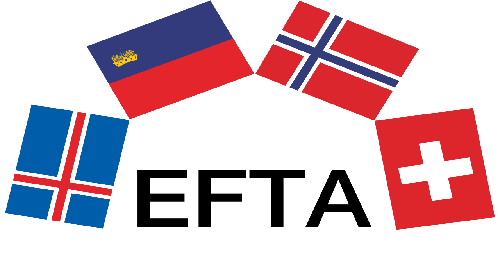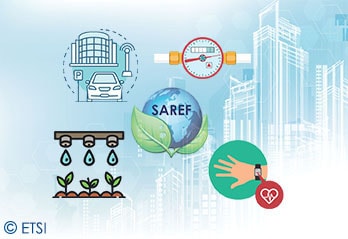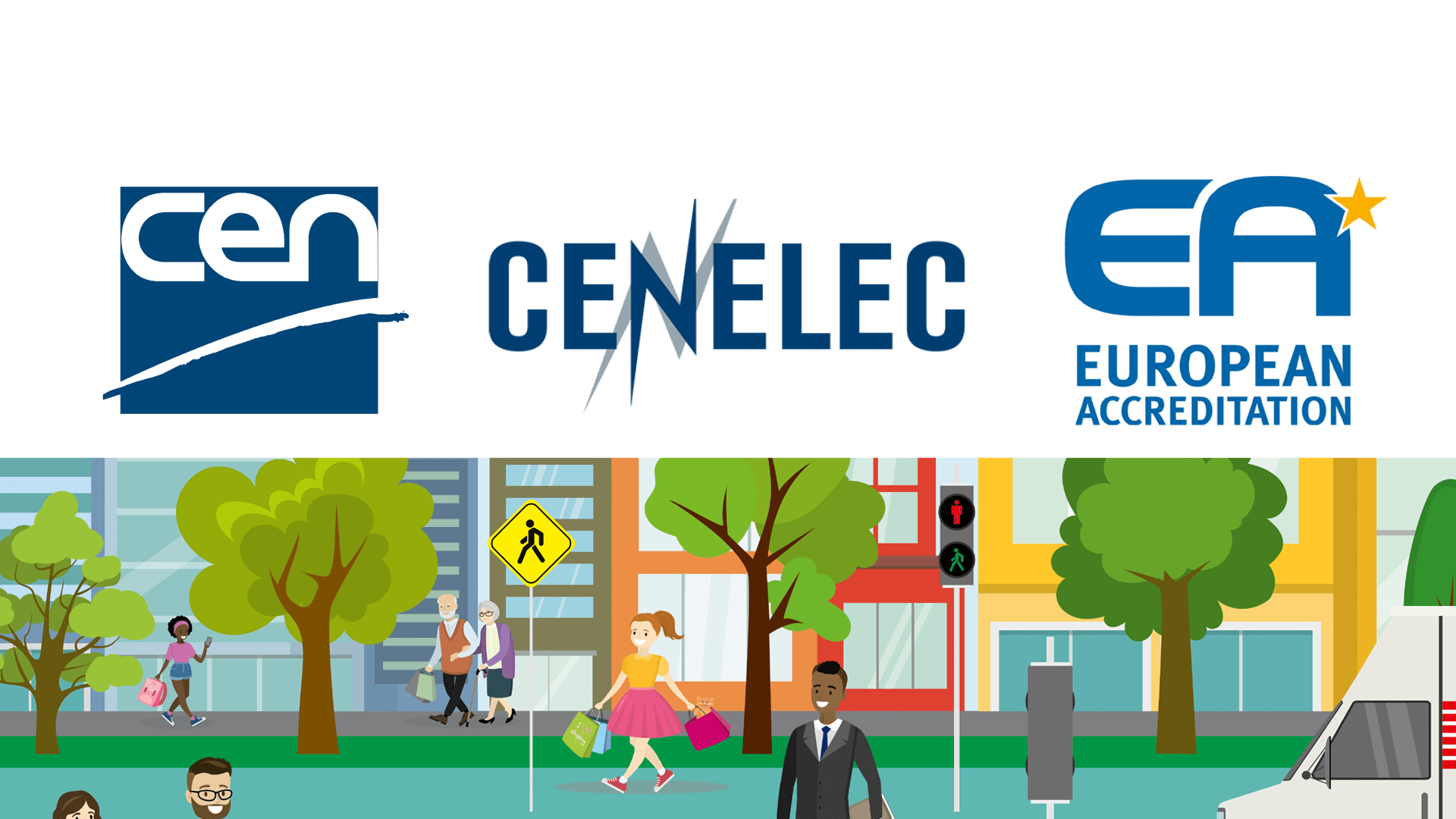EEA Consultative Committee adopts resolutions on the new Industrial Strategy and the European Green Deal
Social partners from Iceland, Liechtenstein and Norway and members of the European Economic and Social Committee (EESC) convened on 18 September 2020 in a hybrid meeting in Brussels for the 28th Meeting of the European Economic Area Consultative Committee (EEA CC).
The committee was co-chaired by Sigi Langenbahn from the EFTA Consultative Committee (EFTA CC) and Ms Kinga Jóo from the European Economic and Social Committee (EESC). The EEA CC adopted two reports and resolutions on the new Industrial Strategy and on the European Green Deal.
- Report and resolution on the European Green Deal
- Report and resolution on the new industrial strategy
The ETSI Industry Specification Group on Multi-Access Edge Computing, ISG MEC, has recently released ETSI MEC GS 028 to extend network information services to the world of WiFi and thus squarely into enterprises space.
Multi-access Edge Computing defines a standardized set of service APIs for applications at the edge of the network where the environment is characterized by low latency, proximity, high bandwidth. ETSI MEC GS 028 specifies a new MEC service for Wireless LAN Information, allowing applications to take advantage of up-to-date information from the underlying WLAN access networks. These features are addressed through specific RESTful Application Programming Interfaces (APIs).
“This new API meets enterprises’ requirements as they increasingly take advantage of a heterogeneous wireless network access strategy, comprising both WLAN and mobile technology-based solutions” says Alex Reznik, ETSI MEC Chair.
EN 16662-1:2020 a new step for road vehicles safety
The European Committee for Standardization (CEN), recently released the standard EN 16662-1:2020 ‘Road vehicles - Supplementary grip devices (SGD) for tyres of passenger cars and light duty vehicles - Part 1: General safety and performance requirements’.
For the first time, a European standard defines testing methods to ensure both operational and passenger safety and a minimum quality of performance on snow and ice for all devices, independent of their material and construction. It applies to all types of Supplementary grip devices (SGD - metallic, textile, hybrid), such as snow chains, snow socks or hybrid devices. Requirements of construction, wear, performance and comparison tests on snow and ice will allow the manufacturers to qualify their products and ensure operational safety and best quality to the end user.
EN IEC 62645:2020 protects the cybersecurity of nuclear power plants
The risk of cybersecurity threats on computer-based equipment and programmable logic devices used in industrial installations is always topical. In particular, IT equipment has been widely implemented also in nuclear power plants (both existing and newly built ones) to perform operational and safety functions. Therefore, the protection of nuclear power plants against cybersecurity threats is of particular importance to ensure plant safety and operation.
The IEC Subcommittee 45A (IEC – TC 45/SC 45A) on ‘Instrumentation, control and electrical power systems of nuclear facilities’, which is mirrored at European level by CLC/TC 45AX ‘Instrumentation, control and electrical power systems of nuclear facilities’, whose Secretariat is currently held by AFNOR, has been developing a cybersecurity standards framework. This framework is based on the ISO/IEC 27000 series and the security series of the International Atomic Energy Agency (IAEA).
The ETSI SmartM2M technical committee extended its IoT SAREF ontology with four new sectors addressing the automotive, eHealth/Ageing-well, wearable and water domains. The Smart Applications REFerence (SAREF) ontology is intended to enable interoperability between products from different providers and within various activity sectors in the Internet of Things (IoT), thus contributing to the development of the global digital market. SmartM2M already developed six extensions, now supplemented with these four new specifications.
The six extensions already released address the following sectors: Energy, Environment, Building, Smart Cities, Industry and Manufacturing, and Smart Agriculture and Food Chain. ETSI SAREF extensions are structured into two parts, with the first describing the ontology and semantics of the sector and the second focusing on specific use cases as examples. These are designed to evolve with new use cases to meet industry needs and requirements.
CEN (the European Committee for Standardization), CENELEC (the European Committee for Electrotechnical Standardization) and the European Co-operation for Accreditation (EA) officially renewed their cooperation Agreement.
The cooperation between CEN, CENELEC and the EA is long-standing: a first Cooperation Agreement was signed in January 2009, and was renewed for the first time in February 2016. This new renewal, for additional three years, allows to ensure the strength, consistency and continuity of the standardization and accreditation system, to the benefit of the New Legislative Framework (NLF).
As part of the agreement, which ensures the links between the European standardization system and the European Quality Infrastructure, CEN, CENELEC and EA agree to regularly exchange relevant information on matters of common interest and participating in the relevant advisory and technical groups of the respective organizations. For example, EA representatives actively participate in CEN and CENELEC activities, and in particular as a liaison partner to the Joint Technical Committee 1 on ‘Criteria for conformity assessment bodies’. In turn, CEN and CENELEC General Assemblies appointed Enda Mc Donnell, CEN Board Member and Director of Standards & Metrology National Standards Authority of Ireland (NSAI), as CEN-CENELEC Representative to the European Accreditation Advisory Board (EAAB).











